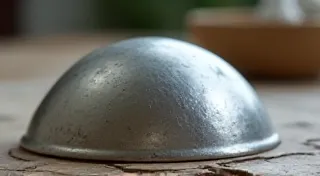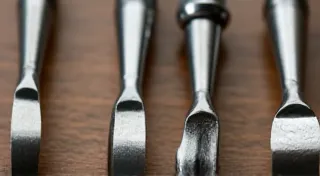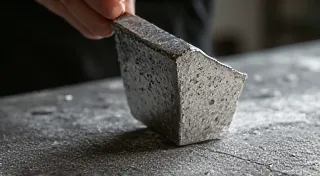Understanding Flux in Silversmithing: A Detailed Guide
Welcome to the world of silversmithing! One of the fundamental techniques you'll encounter is soldering, and a crucial, often misunderstood, element of successful soldering is flux. Many beginners wonder, "Why do I need flux?" This guide will break down exactly what flux is, how it works, and how to select the right type for your silversmithing projects.
What is Flux, and Why Do We Need It?
Flux is a chemical compound that acts as a cleaning and protecting agent during the soldering process. Silver, like other metals, naturally forms a layer of oxide on its surface when exposed to oxygen. This oxide layer prevents the solder from properly bonding with the base metals. Flux does two primary jobs:
- Removes Oxide: Flux reacts with the metal oxides, transforming them into a soluble form that can be easily removed during the heating process.
- Protects the Joint: It creates a protective barrier, preventing further oxidation of the metal surfaces while they are heated to soldering temperatures.
Without flux, your solder simply won’t stick! You might see it melt and spread, but it won’t create a strong, lasting joint. Learning to use flux effectively is as important as mastering other fundamental techniques; it's the unsung hero of a strong, well-made piece.
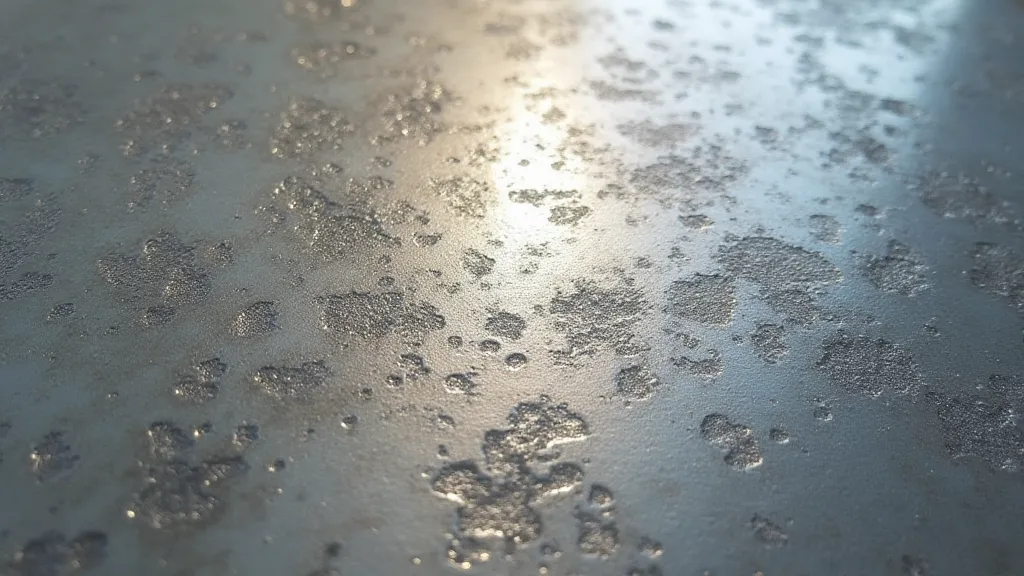
How Does Flux Work?
The specific chemical reaction depends on the type of flux used, but the general process is as follows:
- Application: Flux is applied to the joint area where you want the solder to bond. This can be done in paste, liquid, or powdered form. The amount of flux you use is important; too little, and it won’t be effective. Too much, and it can create a sticky residue.
- Heating: When the joint is heated, the flux melts and begins to react with the metal oxides.
- Reaction & Removal: The flux chemically converts the oxides into a soluble state. These soluble oxides are then carried away by the heat and fumes, cleaning the metal surfaces.
- Soldering: With the oxide layer removed and the surfaces protected, the solder can flow and bond effectively.
Types of Flux for Silversmithing
There are several types of flux commonly used in silversmithing. Understanding the differences is important for achieving optimal results. For example, if you're planning to create making simple silver earrings, you're likely to be using relatively small amounts of flux and simpler joint designs.
- Borax-Based Flux (Paste): This is a common and relatively inexpensive option, suitable for many beginner projects. It's readily available and generally effective.
- Neutral Flux: Designed for soldering copper, brass, and bronze, these are also frequently used with silver. They are often a slightly more concentrated solution. Understanding the properties of different metals is vital, especially if you're new to the craft.
- Acid Flux: Acid fluxes are more aggressive and should be handled with care. They’re useful for heavily oxidized metals but can corrode the metal if not cleaned thoroughly afterwards. Less common for beginners.
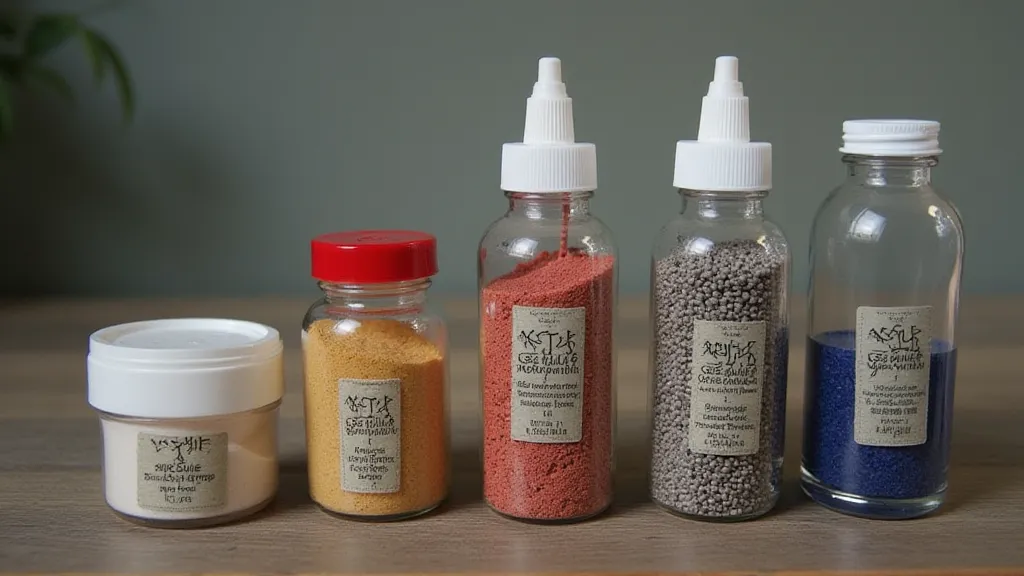
Choosing the Right Flux
The best flux for your project depends on a few factors. Consider what you're making; if you're starting with a project like making a simple silver ring, you'll be gaining experience with various techniques, including flux application and cleaning.
- Metals Being Joined: Most common flux types work well with silver. If working with other metals (like copper or brass), a neutral flux is often a good choice.
- Level of Oxidation: For slightly oxidized metal, a borax-based flux will usually suffice. Heavily oxidized metals may benefit from a neutral or acid flux.
- Your Experience Level: Beginners typically start with borax-based flux due to its ease of use and lower risk.
Flux Application Techniques and Tips
Simply applying flux isn't enough; proper application can significantly impact the quality of your solder joint. Here are a few crucial techniques:
- Even Coverage: Ensure a thin, even layer of flux covers the entire joint area, including the surfaces of both metals and the solder.
- Avoid Excess: While coverage is important, avoid applying excessive flux. Too much flux can lead to a sticky residue that's difficult to remove, potentially affecting the final appearance of your piece.
- Pre-Heating: For some metals, pre-heating the work piece slightly before applying flux can improve its effectiveness.
- Flux Visibility: As the solder melts and flows, you should see the flux turn glassy and clear. This indicates that it’s working effectively.
Important Safety Precautions
Flux fumes can be irritating and potentially harmful. Always work in a well-ventilated area and consider wearing a respirator. Also, some fluxes can etch and damage your metals if not cleaned thoroughly after the soldering process. Rinsing your project thoroughly with hot water and a mild detergent after soldering to remove all traces of flux is essential. This is particularly important if you're planning to create something more intricate, like making a simple silver pendant, where blemishes from incomplete flux removal can be particularly noticeable.

Troubleshooting Flux Issues
Even with careful application, you might encounter issues with flux. Here's a quick guide to common problems and solutions:
- Flux Not Flowing: This could indicate insufficient heat, insufficient flux, or oxidation. Increase the temperature slightly, add more flux, and ensure the metal is clean.
- Sticky Residue: You're likely using too much flux. Try using a thinner layer or switching to a different type of flux.
- Bubbles in Solder: This often results from rapid heating or contamination of the flux. Ensure slow, even heating and use fresh, clean flux.
- Discoloration: This can result from incomplete flux removal after soldering. Thoroughly clean the piece with hot water and detergent.
Conclusion
Mastering the use of flux is an essential step in becoming a proficient silversmith. By understanding its purpose and choosing the right type for your project, you can achieve strong, reliable solder joints and elevate the quality of your jewelry making endeavors. Practice and experimentation will help you develop a feel for how flux works and how to incorporate it effectively into your silversmithing techniques. With patience and attention to detail, you’re well on your way to creating beautiful and lasting pieces.
